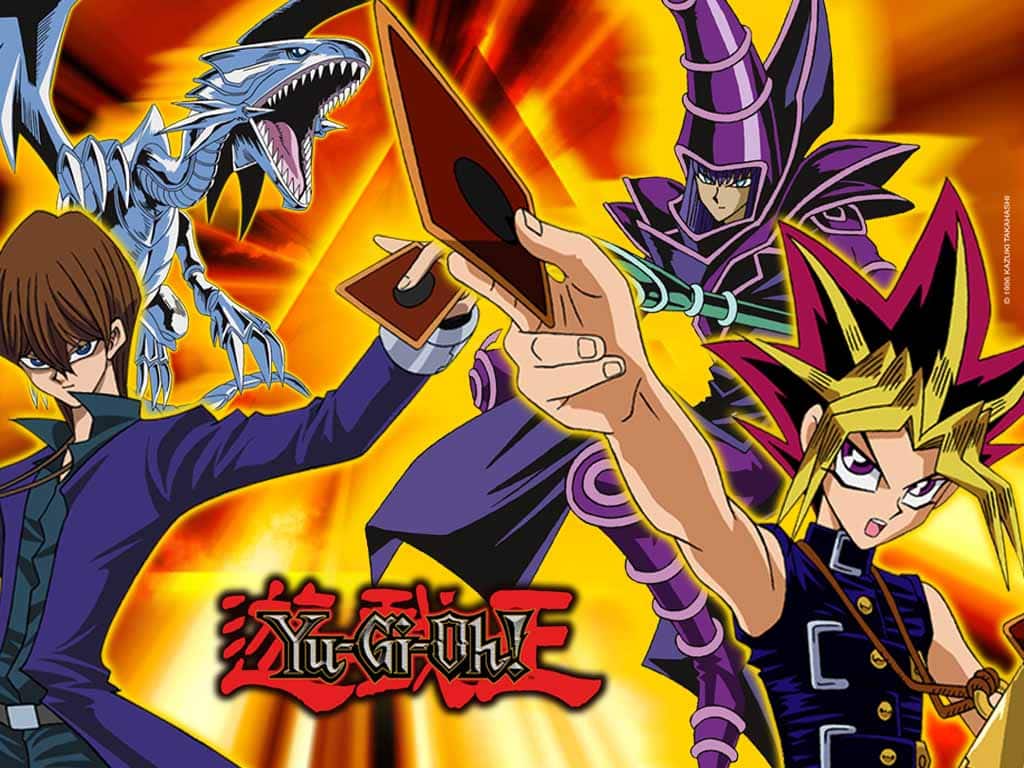1.9K
You’ve probably looked at the back of Yu-Gi-Oh! cards and wondered if you can tell if they’re fake. To detect this, it is also interesting to know the original measurements and what to look out for.
Back of Yu-Gi-Oh! cards: What you should know
Yu-Gi-Oh! cards have been in circulation since 1999. In that time, some incorrect models have also crept in.
- To unmask counterfeits, it helps to look at the back of the cards. On the back of the card you must find the KONAMI® logo, among other things. Even if this is present, take a closer look. Sometimes the font is different from the original.
- What you should also see there is the Yu-Gi-Oh! logo in the bottom right, as well as the words “TRADING CARD GAME”.
- Counterfeits can be filtered out by the fact that the writing is blurred and words and logos other than those mentioned above are shown.
- In addition, the spiral lines on the back must be clearly visible.
- Sometimes you can also recognise the wrong cards by their size. Usually the cards measure 8.6 cm x 5.8 cm.
- A card surface that is too rough also indicates that the card has been imitated. However, the opposite can also be true, that the map is excessively smooth.
- Collectors like to check their cards against those in databases to make sure they don’t have forgeries.
Detect counterfeits by looking at the front
Many mistakes also creep in on the front of counterfeits.
- Look out for spelling mistakes and altered fonts.
- Also important features on the front are a hologram, the copyright symbol, the typeset number as well as the serial number.
- The pictures on the front must also be closely examined, as they are quite sharp in the original. And you can also recognise a fake by looking at the colours. A look at the database also helps here.
- If the borders of the map are also wider than usual, this also indicates a fake map.

